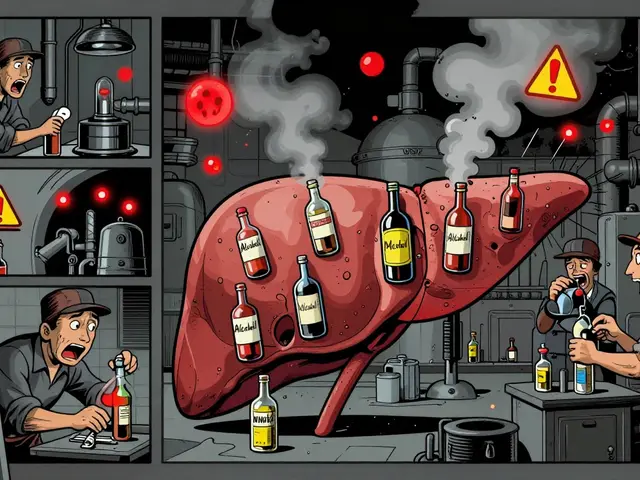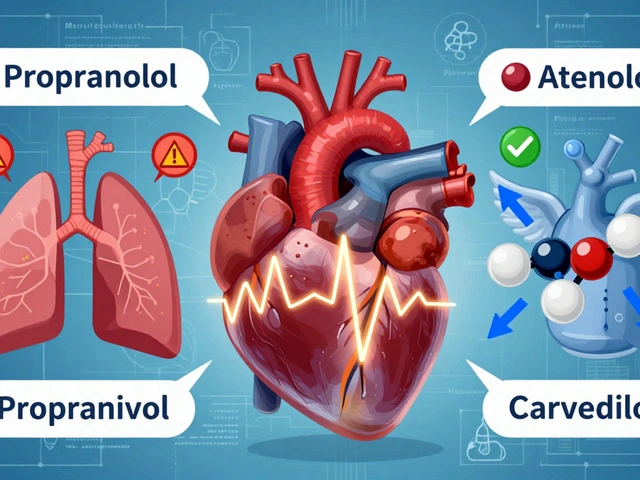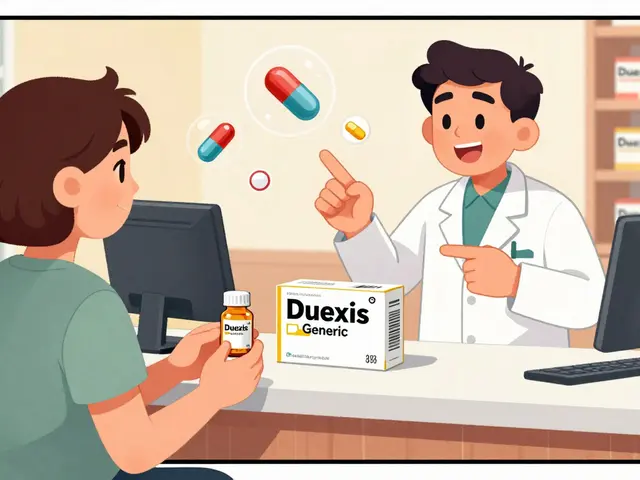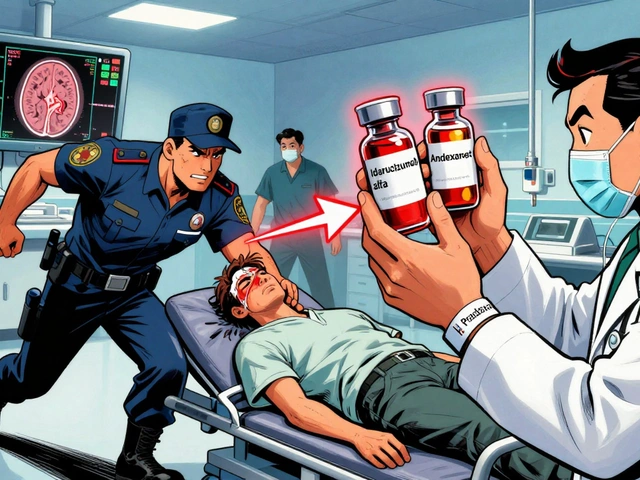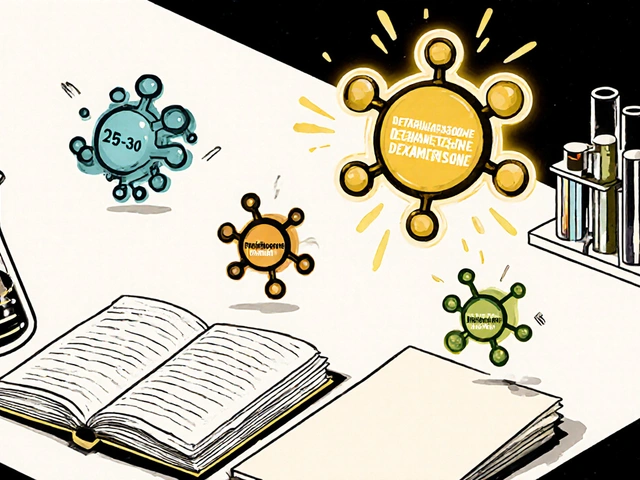Pancreatic Cancer: What You Need to Know
If you or someone you love has heard the term “pancreatic cancer,” you probably feel a mix of confusion and worry. It’s one of the tougher cancers because it often hides until it’s advanced, but knowing the basics can make a big difference. Below we’ll break down the most common signs, how doctors figure out if you have it, and what treatment choices are available today.
Common Signs and Symptoms
The pancreas sits deep behind your stomach, so early symptoms can be vague. Most people notice a new or worsening pain in the upper abdomen that radiates to the back. If you start feeling unusually full after a small meal, lose weight without trying, or develop jaundice (yellow skin and eyes), those are red flags worth calling your doctor about.
Other clues include changes in stool—like pale or greasy stools—and new-onset diabetes, especially if it appears suddenly in someone over 50. These signs aren’t exclusive to pancreatic cancer, but they’re common enough that a medical check‑up is wise.
How It’s Diagnosed & Treated
When you go to the doctor with these symptoms, the first step is usually imaging. A CT scan or MRI can show whether there’s a mass in the pancreas. If doctors need more detail, they might order an endoscopic ultrasound (EUS) that lets them take tiny tissue samples for biopsy.
Once the diagnosis is confirmed, treatment depends on how far the cancer has spread. If the tumor is caught early and can be removed, surgery—often a Whipple procedure—is the go‑to option. For tumors that can’t be surgically removed, chemotherapy (like FOLFIRINOX or gemcitabine) and radiation help shrink the growth and relieve symptoms.
Clinical trials are also an important part of modern care; they give patients access to newer drugs and targeted therapies that aren’t widely available yet. Palliative care isn’t just for end‑stage disease—getting support for pain, nutrition, and emotional well‑being early on can improve quality of life.
Living with pancreatic cancer means staying proactive: keep a symptom diary, ask about genetic testing if there’s a family history, and stay in touch with your oncology team. Even though the prognosis can be grim, many people benefit from personalized treatment plans that blend surgery, medicine, and supportive care.
Bottom line: early detection is rare but vital, so don’t brush off persistent abdominal pain or sudden weight loss. Talk to a healthcare professional, get the right scans, and explore all treatment avenues—including clinical trials—if you’re diagnosed. Knowledge, quick action, and a solid medical team give you the best shot at managing this challenging disease.


